In a world of luxury timepieces, where collectors debate the merits of a $100,000 tourbillon or a hand-finished perpetual calendar, it might seem unusual that one of the most iconic watches ever made costs just $20. Enter the Casio F91W, a humble digital watch that has become a legend in its own right.
Launched in 1989, the F91W was never meant to compete with Rolex, Omega, or Patek Philippe. Yet, over three decades later, it remains one of the most recognisable and widely worn watches in the world. It’s a story of accessibility, functionality, and cultural relevance that no one saw coming.
The Origins of the Casio F91W
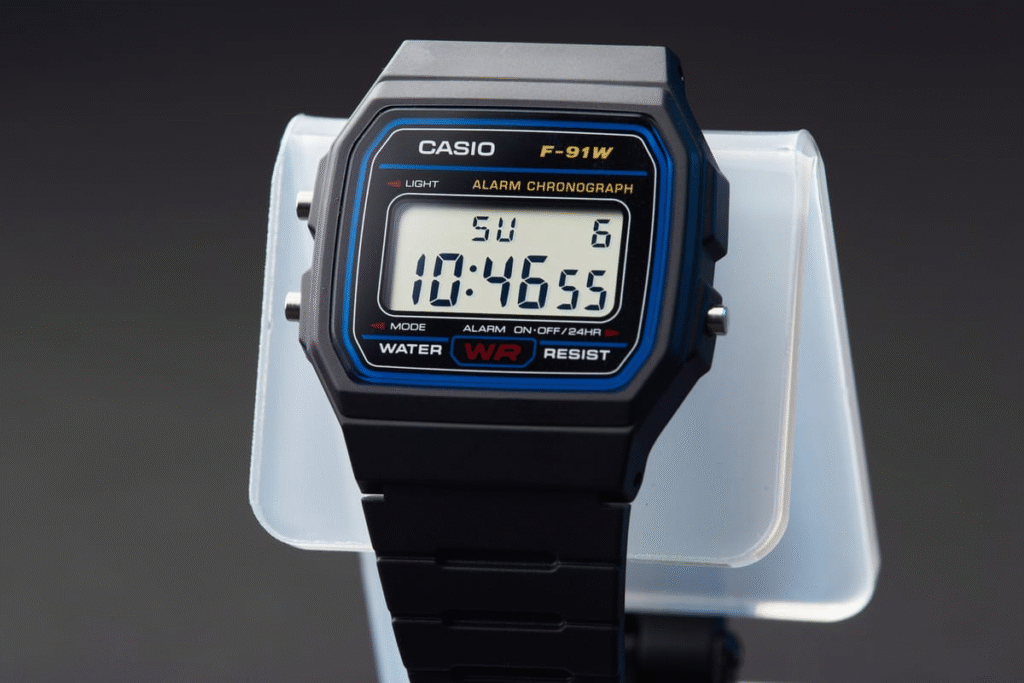
Casio built its reputation in the 1980s on affordable, reliable digital watches. By the time the F91W was released, Casio had already cemented its place in the market with calculator watches and tough G-Shock models.
The F91W, however, was different. Its goal wasn’t to be flashy or rugged—it was designed to be ultra-practical, ultra-affordable, and ultra-reliable. The formula worked. At under $20, it gave people a watch that was accurate to ±30 seconds per month, featured an alarm, chronograph, hourly chime, and even a backlight (albeit a dim one).
Design That Stands the Test of Time
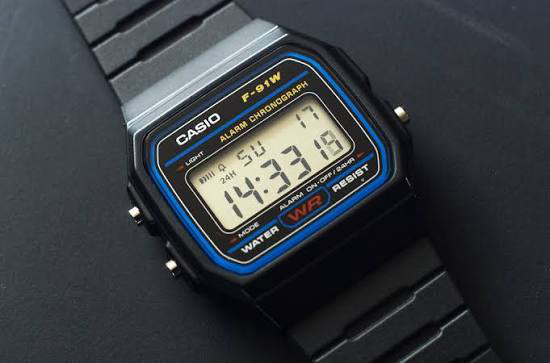
The F91W hasn’t changed much since 1989, and that’s precisely its charm. Its rectangular case, resin strap, and digital display have become instantly recognisable. The watch is feather-light at just 21 grams, making it one of the most comfortable timepieces to wear daily.
Even though it’s made of simple materials, the F91W has a kind of democratic design: it looks equally at home on the wrist of a school kid, a mechanic, or a hipster pairing it with streetwear.
And let’s not forget its size—at 34mm wide, it’s small by today’s standards, but this makes it universally wearable.
Why It Became Iconic
1. Affordability for All
At less than the price of a meal, the Casio F91W was accessible to anyone, anywhere. It democratized timekeeping at a scale no Swiss brand could match.
2. Reliability
Powered by a quartz movement, it rarely skips a beat. The battery lasts up to seven years, and the resin case can take years of wear and tear without breaking down.
3. Cultural Ubiquity
The F91W has been spotted everywhere: on factory workers in Asia, soldiers in the Middle East, fashion runways in Europe, and music videos in the U.S. It has become a global symbol of functionality.
4. Minimalist Cool
While not designed to be stylish, its clean lines and retro charm have made it a cult fashion piece, especially in the age of normcore and minimalist fashion trends.
Pop Culture and the F91W
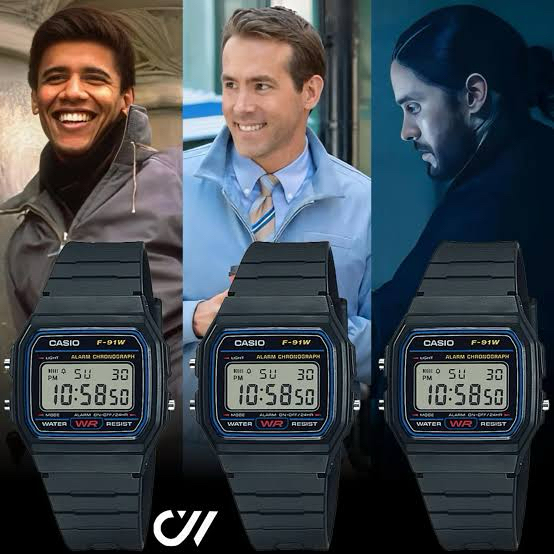
Like the Swatch in the 1980s, the Casio F91W transcended its function to become a cultural touchstone. It’s been worn by celebrities, fashion influencers, and everyday people alike. Streetwear brands have even paired it with luxury fits, creating an ironic contrast between a $20 watch and thousand-dollar sneakers.
It also gained notoriety when governments linked it to training camps—proof, ironically, of just how widespread it had become. In both positive and negative contexts, the F91W was everywhere.
Comparisons: Why It Still Matters Today
In an era of smartwatches, you might think the F91W would be obsolete. Yet it thrives because of its simplicity. Unlike a smartwatch, it doesn’t need daily charging, software updates, or apps. It just works.
Compared to mechanical watches, it lacks artistry and craftsmanship, but that’s not its goal. Its charm lies in being the anti-luxury watch—a reminder that sometimes practicality trumps prestige.
Who Wears the F91W Today?
- Collectors: Even seasoned watch enthusiasts with luxury collections often own one.
- Minimalists: Those who value simplicity find it refreshing.
- Students and Travelers: Affordable, reliable, and replaceable.
- Style Enthusiasts: Fashion circles embrace it as a retro-cool accessory.
It’s rare for a single watch to cut across so many demographics, but the F91W does exactly that.
Final Thoughts: The $20 Legend
The Casio F91W is proof that iconic watches don’t have to cost a fortune. It may not have Swiss hand-finishing, intricate complications, or precious metals, but it embodies something equally powerful: accessibility, endurance, and global appeal.
Three decades after its launch, it’s still in production, still costs around $20, and still enjoys a cult following. In many ways, the Casio F91W is the people’s watch—a timepiece that unites everyone from school kids to seasoned collectors.
So the next time you glance at one, remember: this little resin-cased watch has earned its place in horological history.

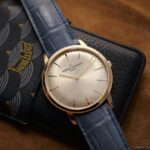
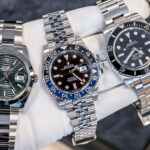
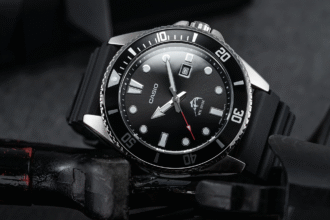

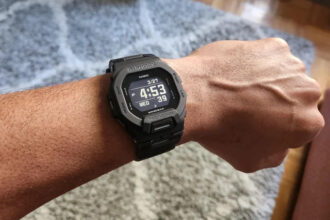
2 Comments